Australian photojournalist, Matthew Abbott, has won the prestigious World Press Photo Story of the Year award for his project, Saving Forests with Fire.
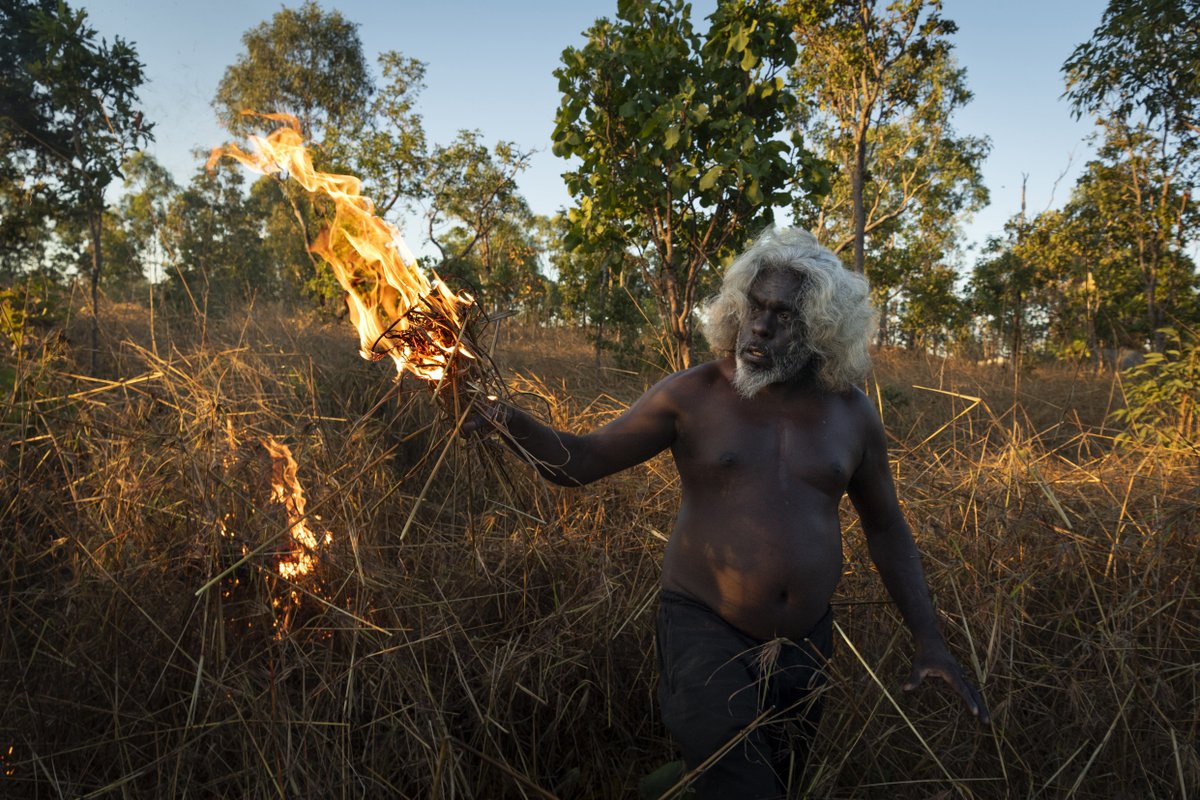
The World Press Photo Contest (WPP) announced the four global top prize winners, with Abbott coming out on top of a entry pool of 4066 photographers, who entered 64,823 photos.
It’s interesting to note that two of the four winners, including Matthew’s entry, are ‘quiet’ pictures. Unlike other years, they don’t show a high energy news event. No graphic images of death, destruction, or strong emotions. The Photo of the Year doesn’t even have a person in the picture.
Saving Forests with Fire explores how Indigenous Australians in Arnhem Land strategically burn land to protect their environment, a practice which has lasted for tens of thousands of years.
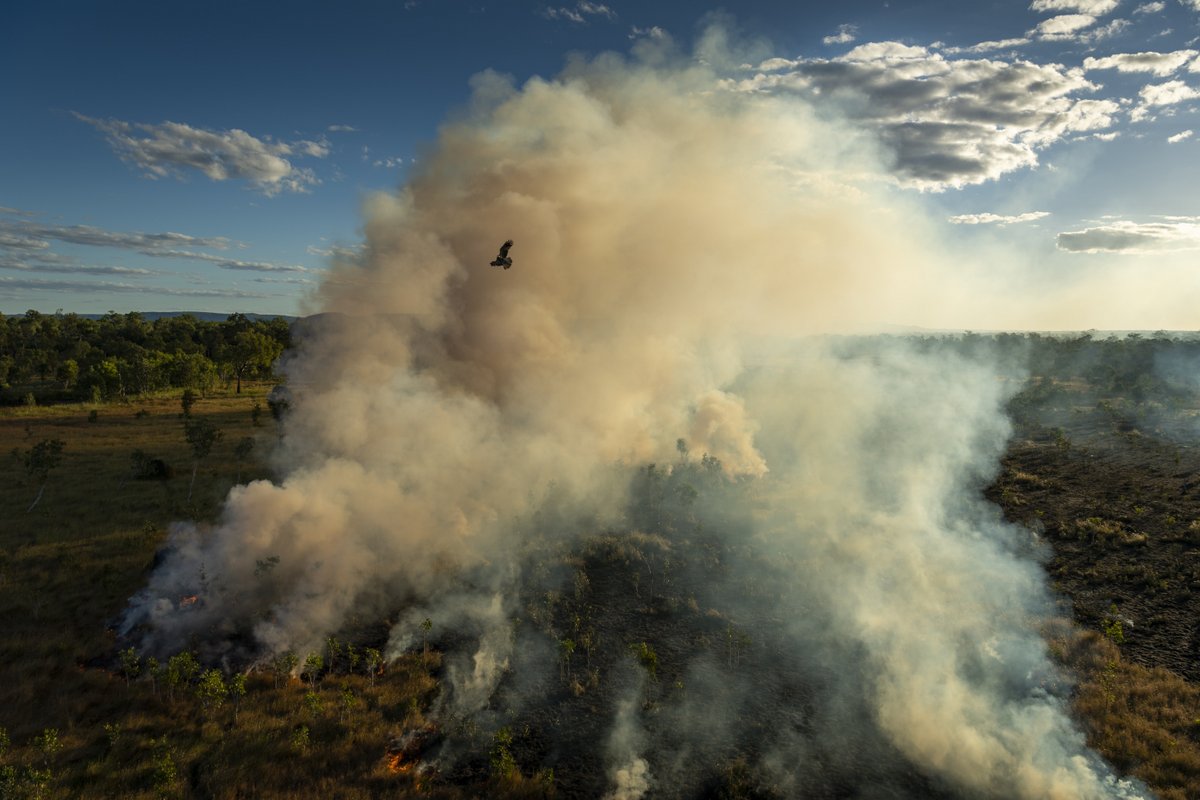
The WPP overhauled the contest format by first announcing a round of regional category winners to draw attention to a more diverse range of press photography.
In March, Abbott was announced the Southeast Asia and Oceania region winner of the Stories category, which has gone on to triumph over the five other global regions.
As previously noted by Inside Imaging, Saving Forests with Fire isn’t a dramatic and action-packed news event, and not the kind of Australian-based story that typically receives a massive global audience in the mainstream press. So it’s welcome that the WPP judges selected Matthew’s masterfully captured entry to help expose Indigenous Australians cultural traditions.
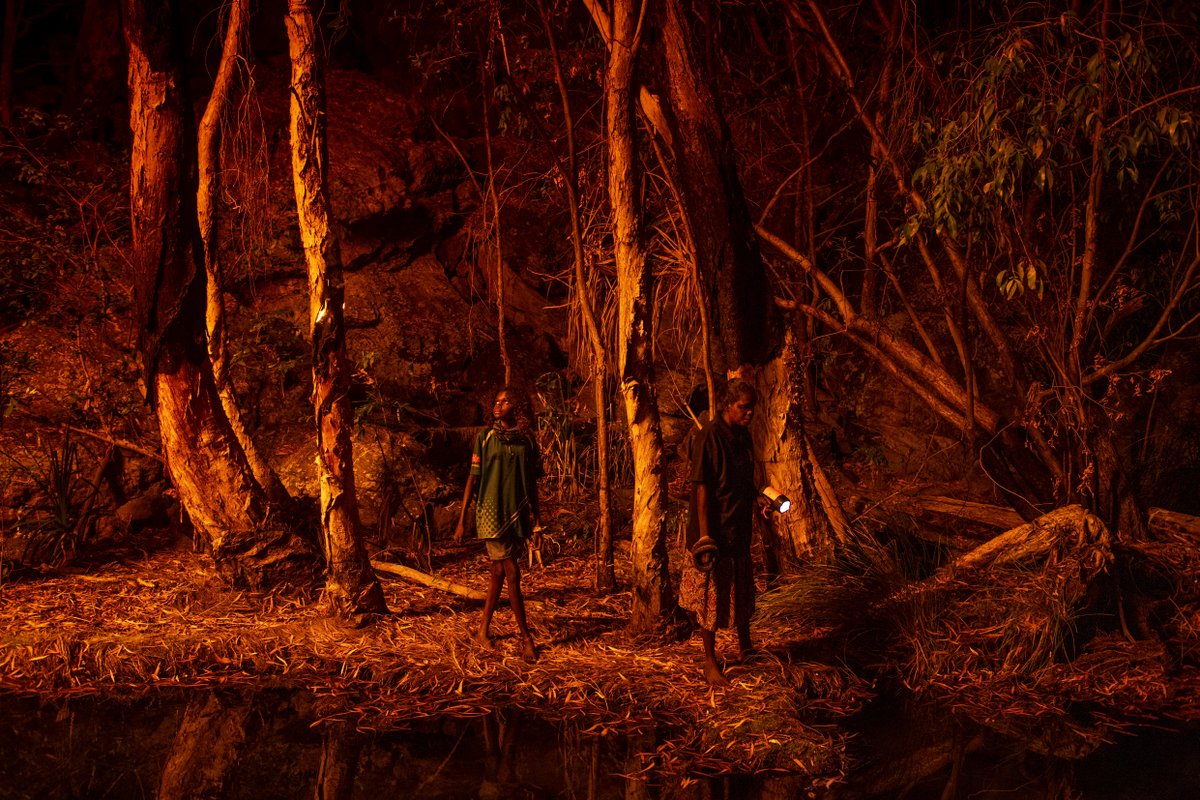
‘It was so well put together that you cannot even think of the images in disparate ways,’ said global jury chair, Rena Effendi. ‘You look at it as a whole, and it was a seamless narrative.’
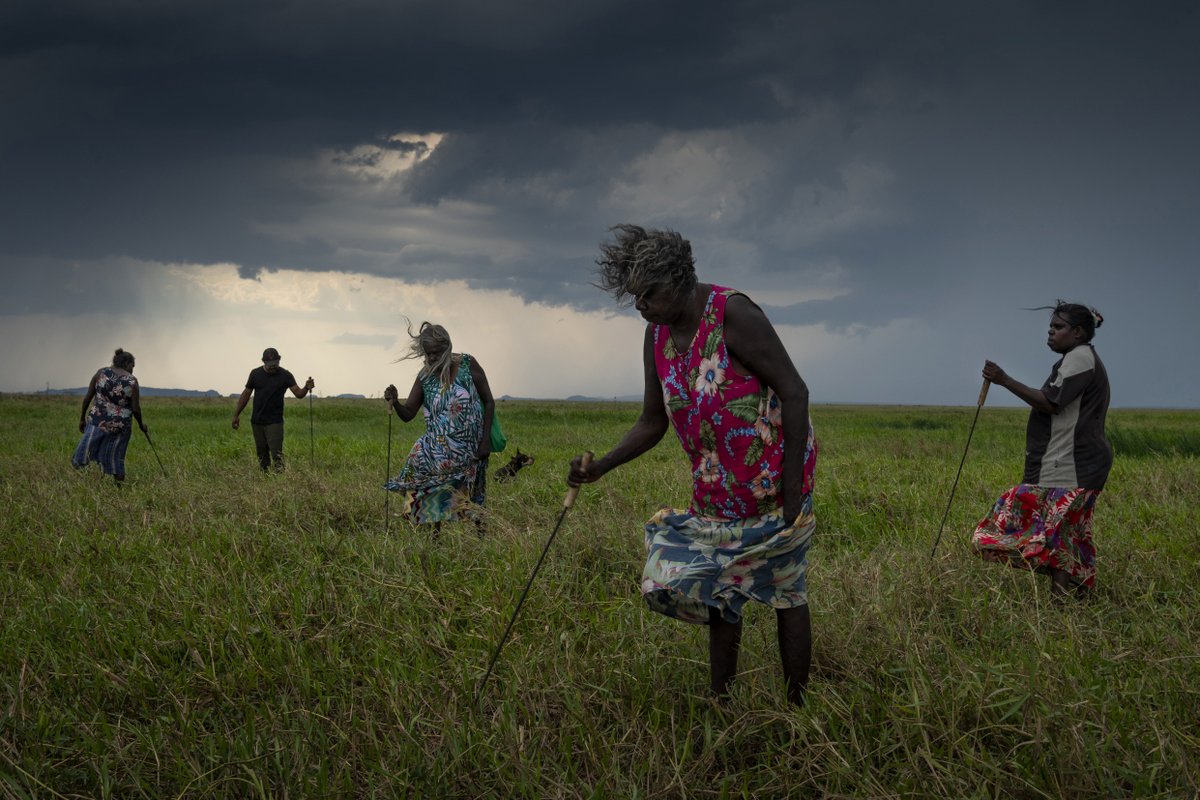
Here’s Matthew’s project description:
‘In a practice known as cool burning, fires move slowly, burn only the undergrowth, and remove the build-up of fuel that feeds bigger blazes,’ Abbott explains in the WPP gallery. ‘As a result, these traditional burns prevent larger, more destructive fires from occurring in the hotter, dryer months of the year.
‘The Nawarddeken people, one the traditional owners of West Arnhem Land in the north of Australia, see fire as a way to rejuvenate the land, and use it as a tool to manage their 1.39 million hectare homeland. Warddeken rangers use traditional knowledge and combine it with contemporary technologies such as aerial burning and digital mapping to prevent wildfires. In doing so, they have successfully decreased the amount of climate-heating CO2. The emissions saved earn carbon credits, and the proceeds are invested in the community and environmental projects.’
View all 10 images here.
The top prize, World Press Photo of the Year, is awarded to Canadian photojournalist, Amber Bracken, for Kamloops Residential School.
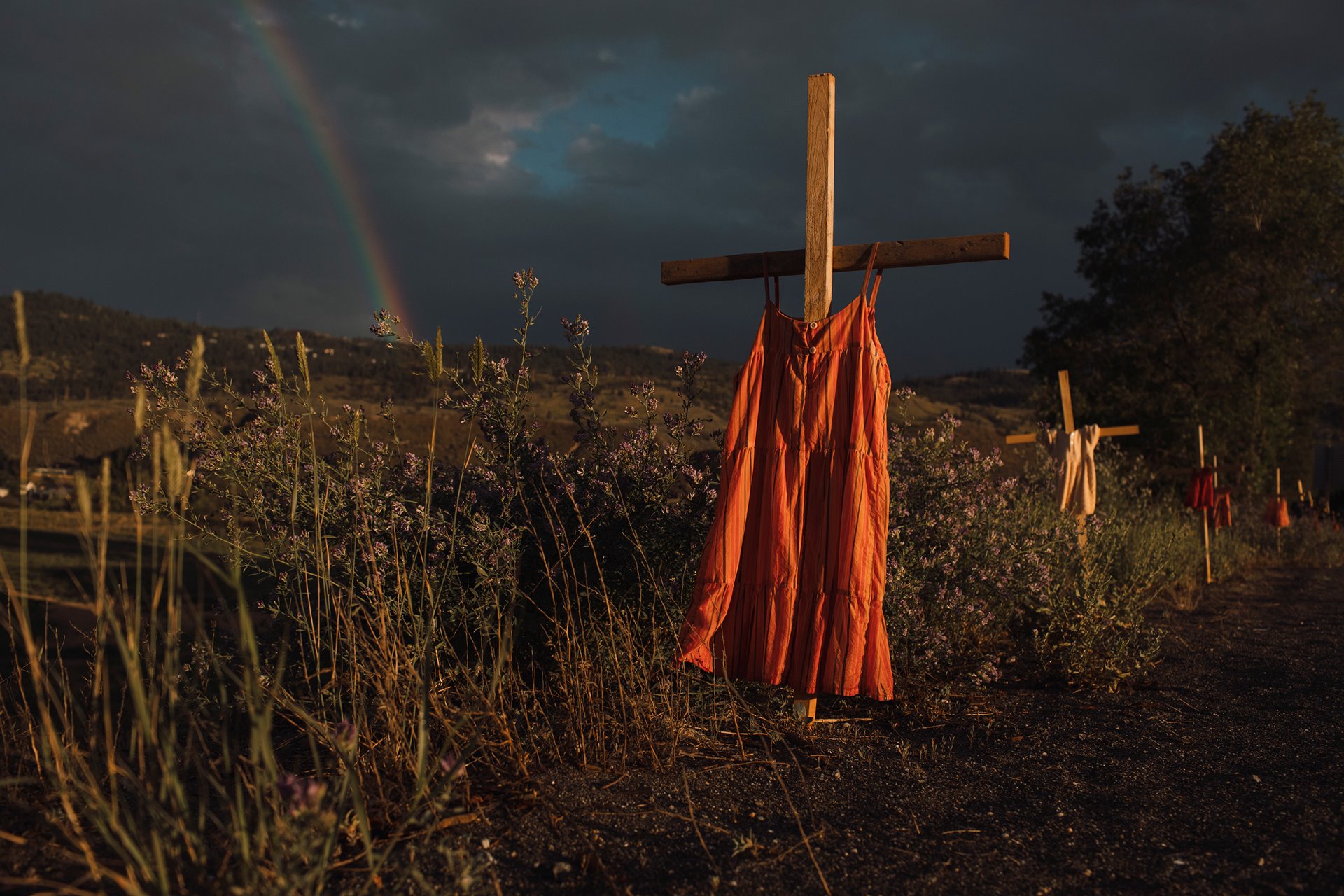
The photo shows ‘red dresses hung on crosses along a roadside commemorate children who died at the Kamloops Indian Residential School, an institution created to assimilate Indigenous children, following the detection of as many as 215 unmarked graves, Kamloops, British Columbia, 19 June 2021.’
The WPP jury chair said it’s the ‘kind of image that sears itself into your memory, it inspires a kind of sensory reaction’.
‘I could almost hear the quietness in this photograph, a quiet moment of global reckoning for the history of colonization, not only in Canada but around the world.’
The Long-Term Project Award goes to Brazilian photographer, Lalo de Almeida, for Amazonian Dystopia.
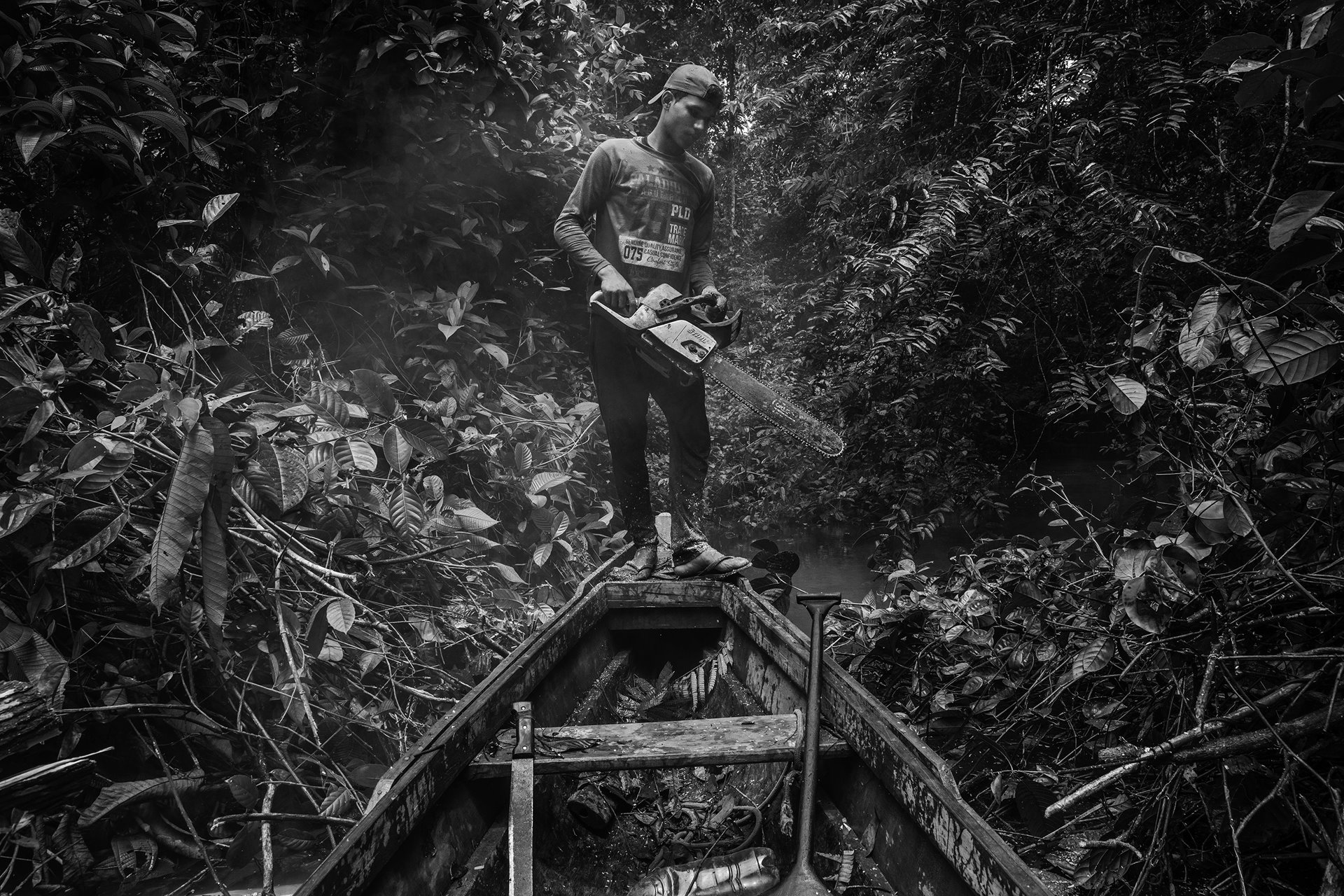
‘The Amazon rainforest is under great threat, as deforestation, mining, infrastructural development and exploitation of other natural resources gain momentum under President Jair Bolsonaro’s environmentally regressive policies. Since 2019, devastation of the Brazilian Amazon has been running at its fastest pace in a decade. An area of extraordinary biodiversity, the Amazon is also home to more than 350 different Indigenous groups. The exploitation of the Amazon has a number of social impacts, particularly on Indigenous communities who are forced to deal with significant degradation of their environment, as well as their way of life.’
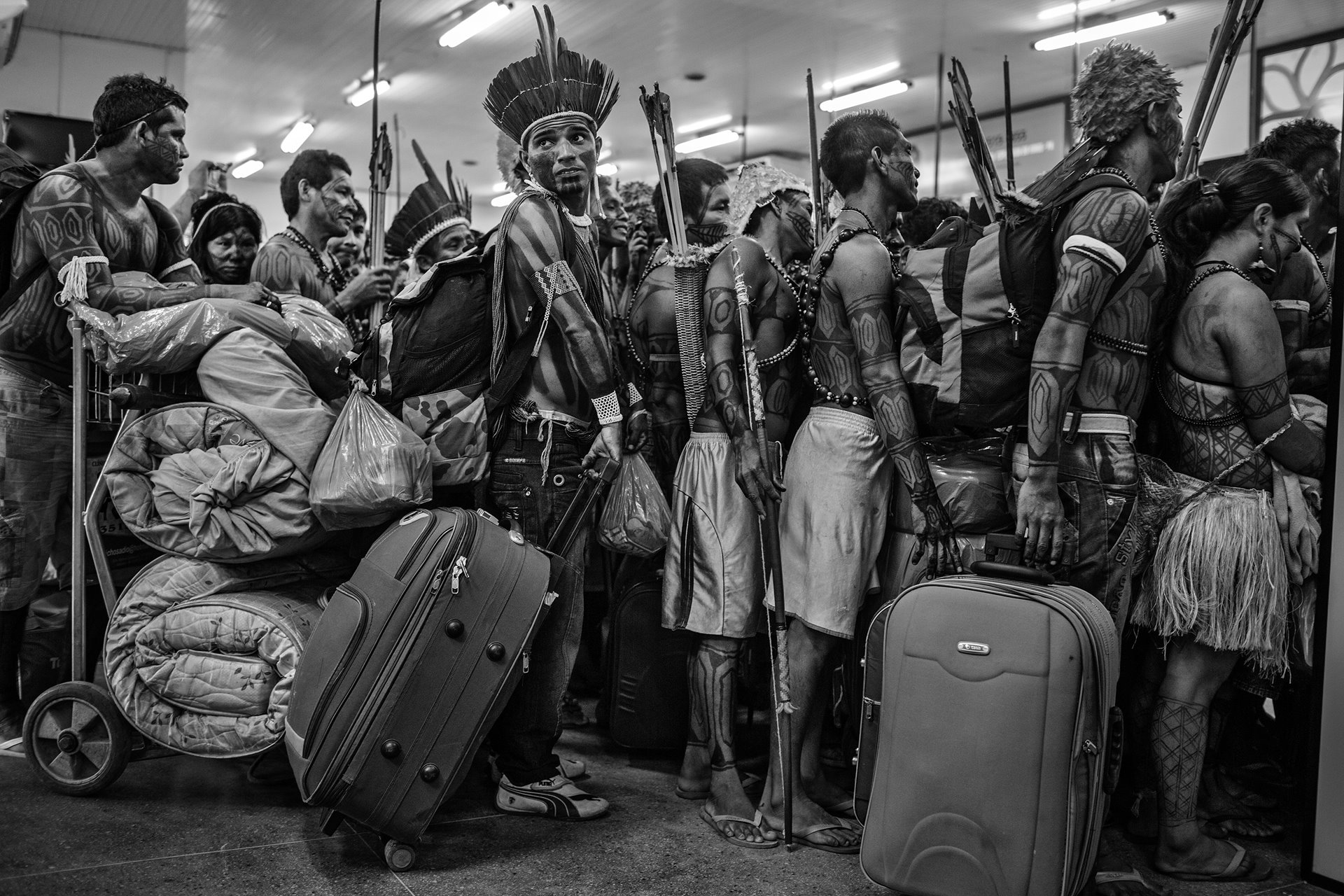
Lastly, the Open Format Award which ‘welcomes a range and/or mixture of storytelling mediums’. It goes to Ecuadorian photographer, Isadora Romero for Blood is a Seed, a seven-minute video about the decline of agrobiodiversity.
‘Through personal stories, Blood is a Seed (La Sangre Es Una Semilla) questions the disappearance of seeds, forced migration, colonization, and the subsequent loss of ancestral knowledge. The video is composed of digital and film photographs, some of which were taken on expired 35mm film and later drawn on by Romero’s father. In a journey to their ancestral village of Une, Cundinamarca, Colombia, Romero explores forgotten memories of the land and crops and learns about her grandfather and great-grandmother who were ‘seed guardians’ and cultivated several potato varieties, only two of which still mainly exist.’





Be First to Comment